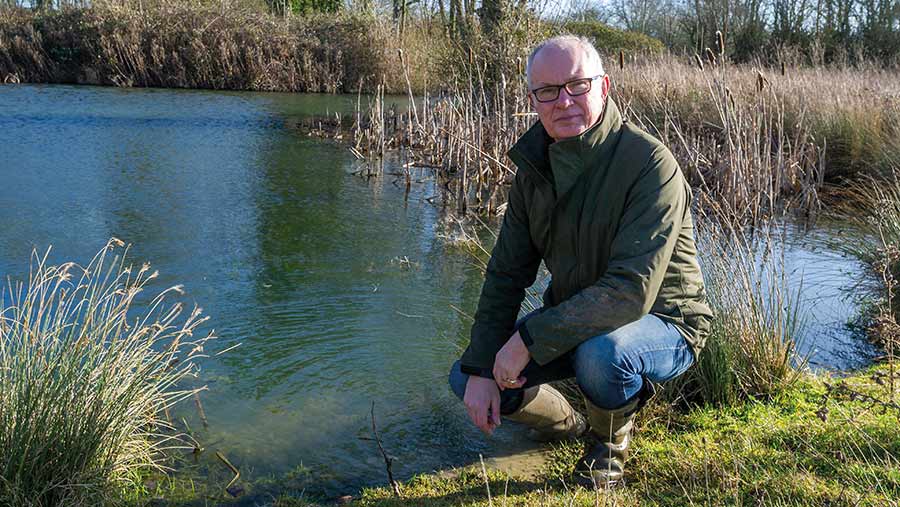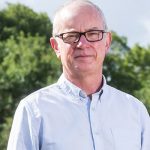Farmer Focus: Keeping on top of drainage pays dividends
 © Jason Bye
© Jason Bye We have struggled to terminate fertility leys with shallow cultivations before establishing our first wheats this year, due to a wetter autumn.
It has taken four to five passes to get a seed-bed.
On reflection, it might have been wiser to have shallow ploughed them in early August, and then got away with one pass of a cultivator pre-sowing.
See also: Vertical growing systems – the next big farm diversification?
Even so, both modern and heritage winter wheat are all sown – as well as some vetches that we are growing for seed for a local merchant – just before the huge rain event we had on 20 October.
I am completely aware that we fared better than farmers in Angus, Scotland, and even other parts of England, but we did see some of the worst flooding I have seen for many years.
Keeping on top of field drainage has paid dividends – our soils coped admirably with the 62mm we have had over the past week, with no evident crop damage yet.
We did complete a couple of days sowing our bean/wheat bicrop, but we still have a good week to go.
It’s not looking likely over the next few days, with more rain forecast.
Possibly the most exciting thing since I last wrote is that, alongside our partners at the Suffolk Wildlife Trust, we have got our Landscape Recovery pilot bid in to the Rural Payments Agency.
It’s for a joint application between our own Suffolk Wool Towns cluster and the Stour Valley cluster.
The ambition is to connect our ancient and secondary woodlands with 50m corridors of scrub.
Scrub has been undervalued in past environmental schemes, but is so important to our declining species. Especially dormice, turtle doves and nightingales.
If successful, we hope to build a case for its true value and reconnect our remaining islands of wildlife. Fingers crossed.

